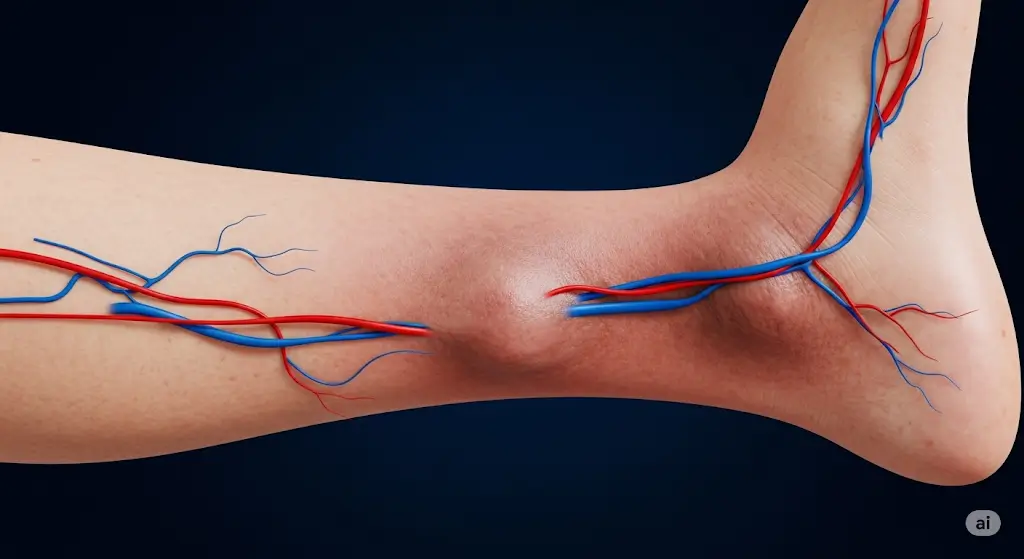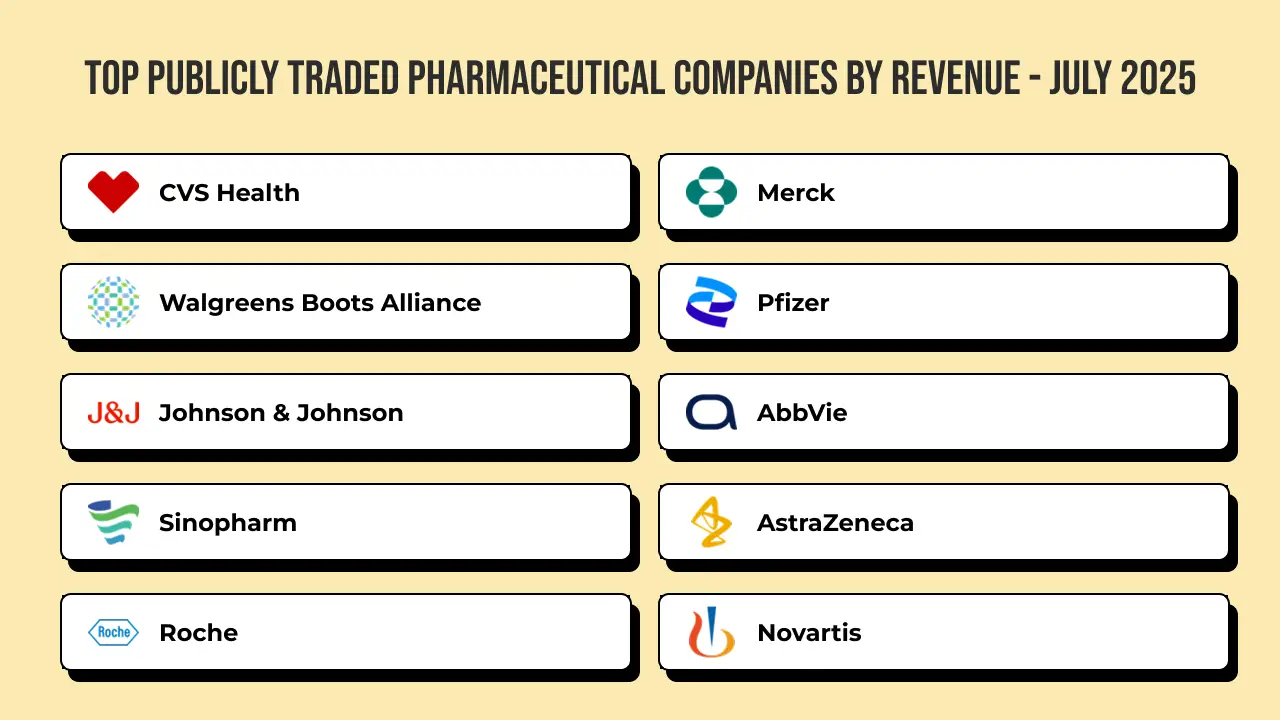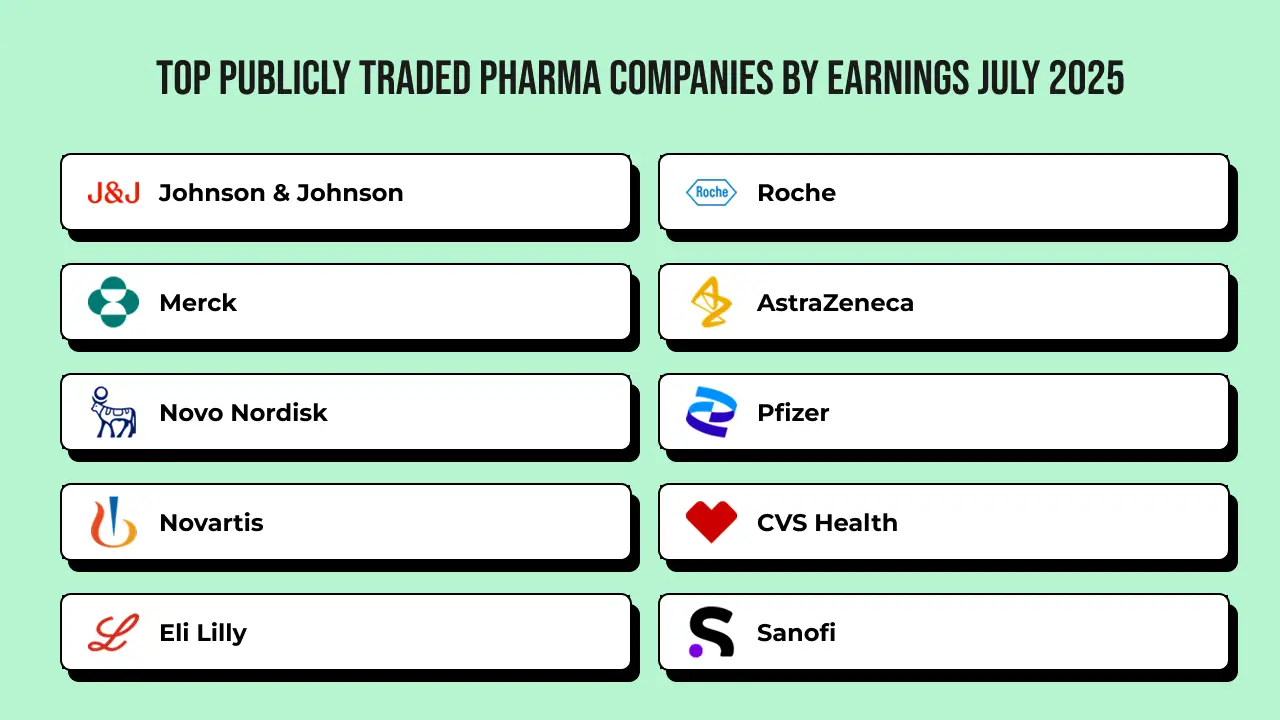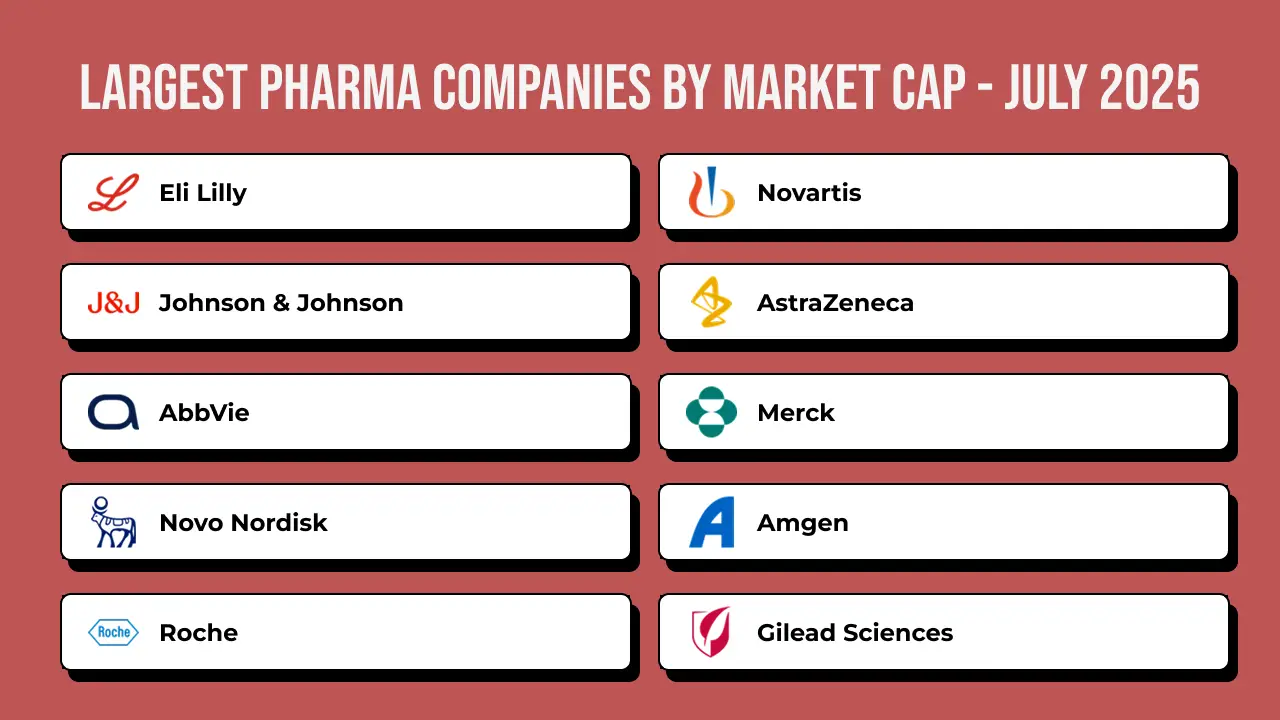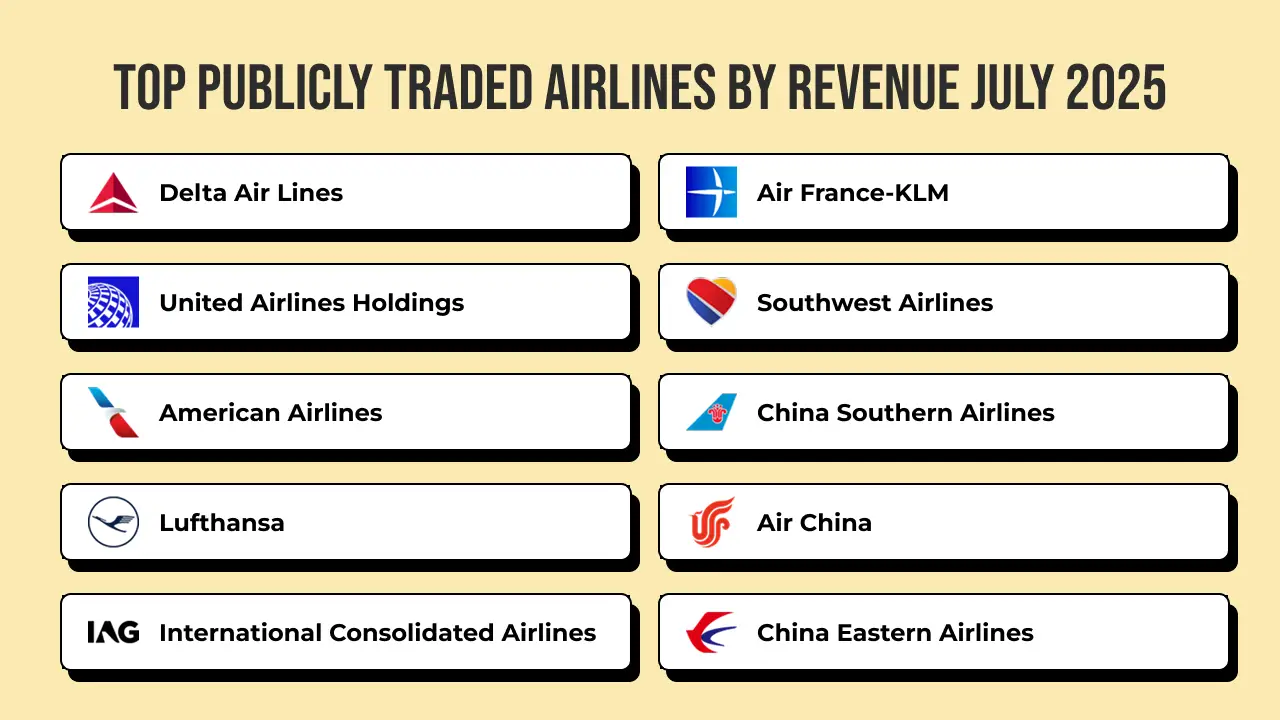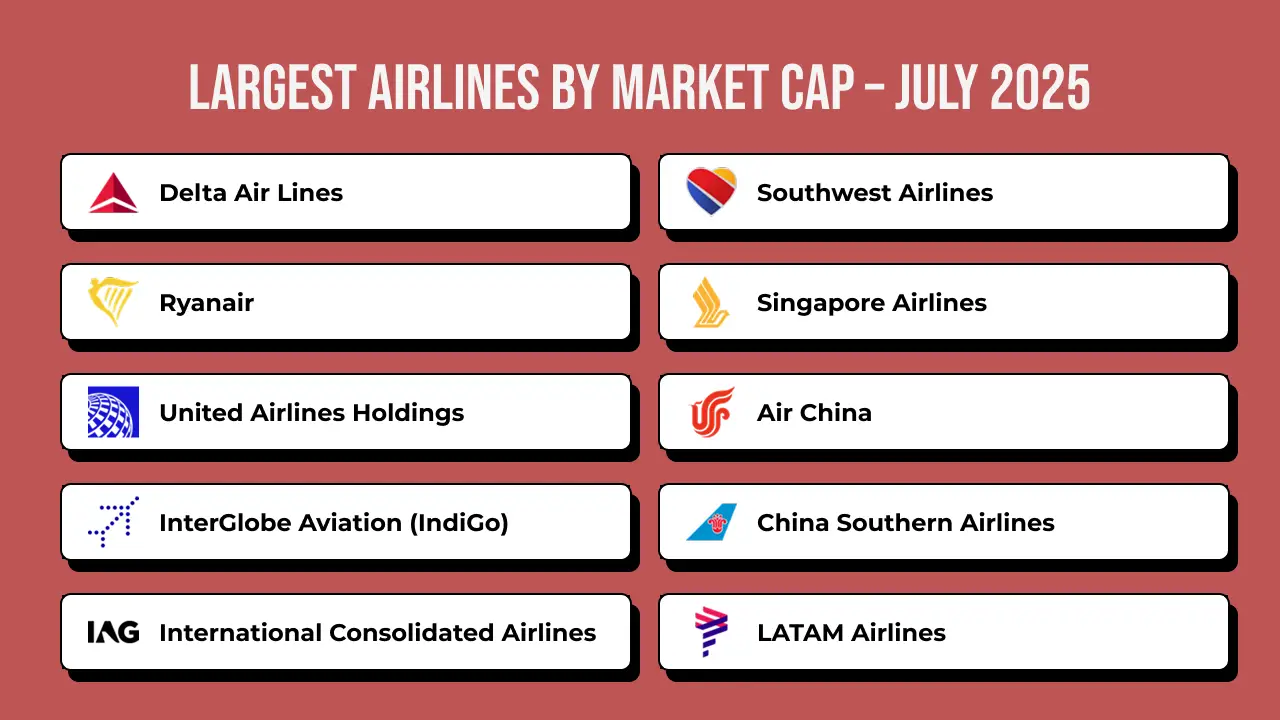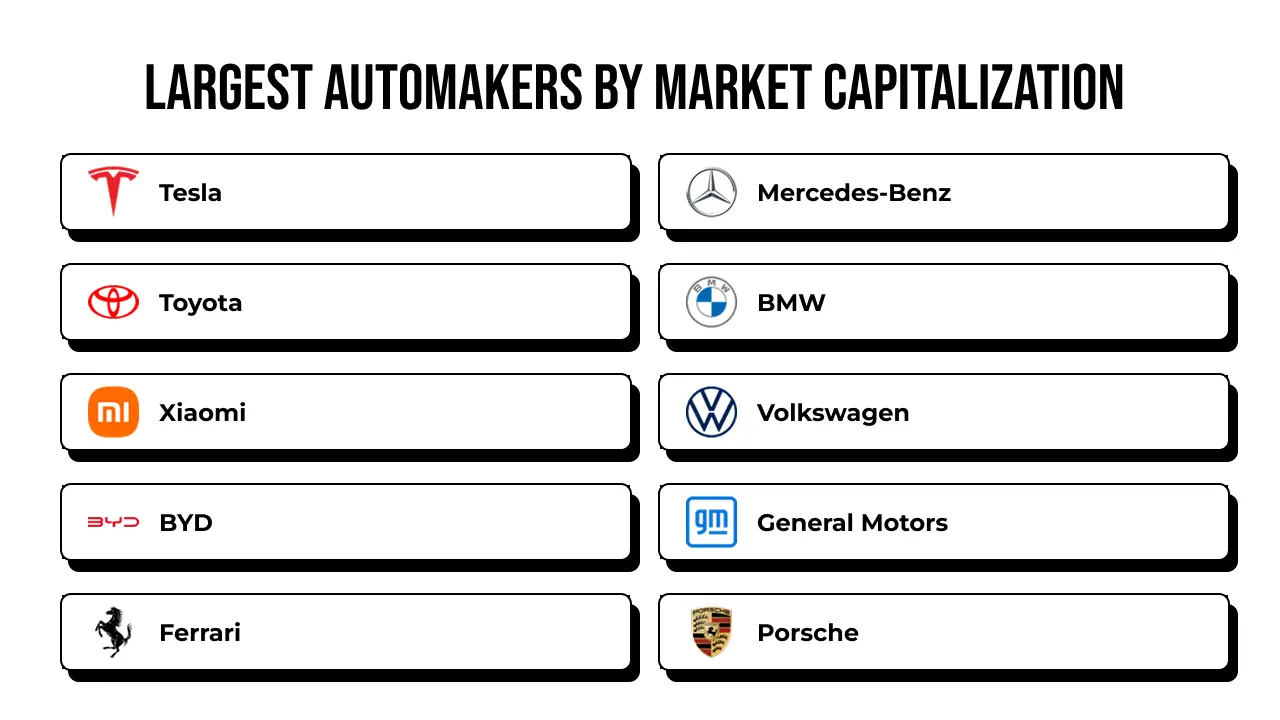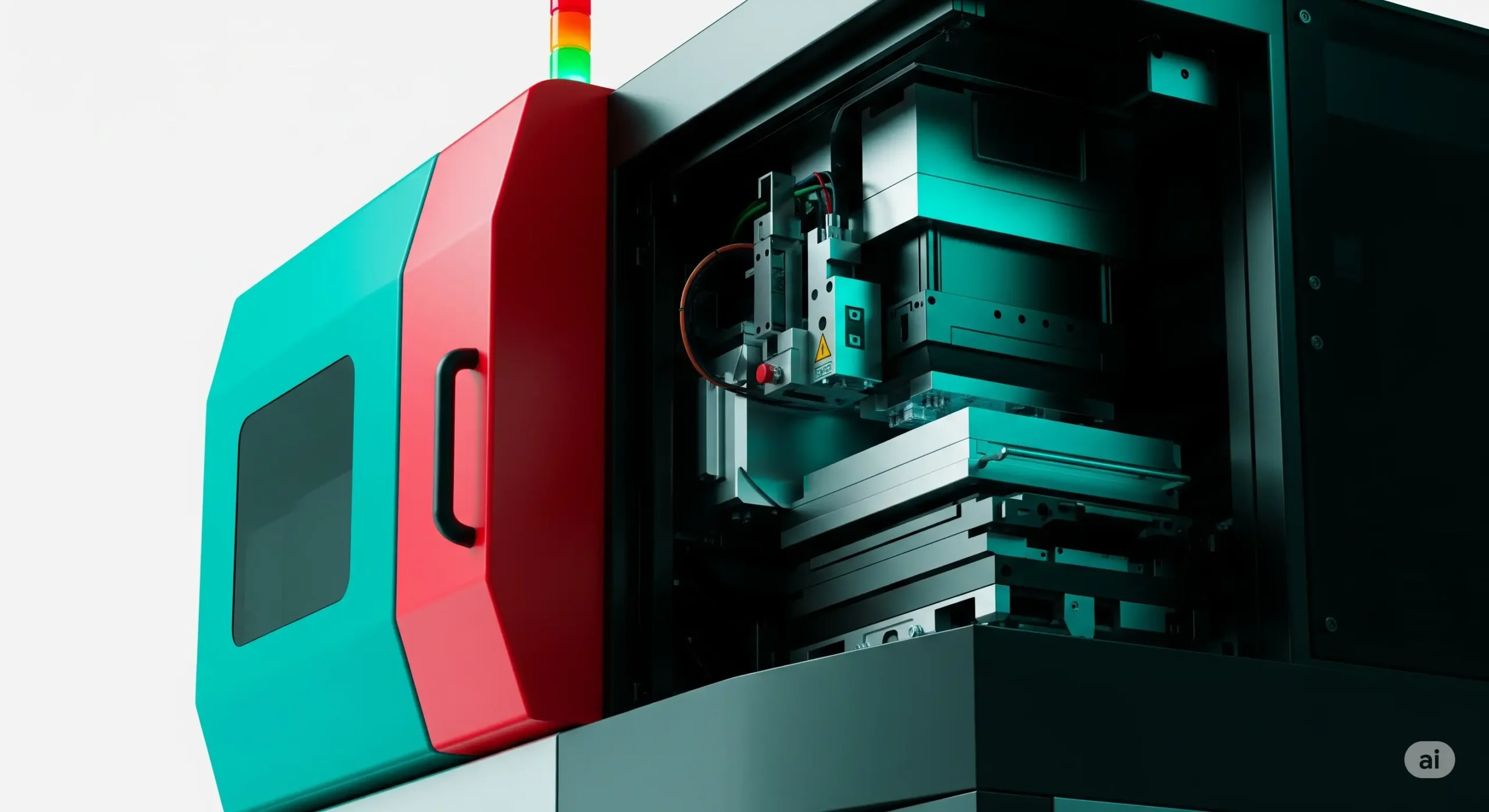I find the Peripheral Artery Disease (PAD) market fascinating, as it’s poised for significant growth driven by rising cardiovascular issues and aging populations. Valued at approximately $4.5 billion in 2024, the global PAD market is projected to reach $7.9 billion by 2032, growing at a compound annual growth rate (CAGR) of around 7.3%. This expansion is fueled by increasing demand for advanced diagnostic tools and minimally invasive treatments, alongside growing awareness of PAD’s impact on quality of life. The market’s trajectory reflects the rising prevalence of risk factors like diabetes and hypertension, which contribute to arterial blockages. Additionally, healthcare investments in early detection and innovative therapies are propelling this growth, particularly in developed regions where access to advanced medical infrastructure is robust.
When I look at the market’s segmentation, it’s clear that devices, drugs, and diagnostics play distinct roles. The device segment, including stents and balloon catheters, holds the largest share, accounting for over 50% of the market in 2024. This dominance stems from the widespread adoption of endovascular procedures, which offer quicker recovery times compared to open surgeries. Drug therapies, such as antiplatelet agents and cholesterol-lowering medications, follow closely, driven by their role in managing symptoms and preventing disease progression. Diagnostics, while smaller, are gaining traction with advancements in imaging technologies like ultrasound and angiography. The device segment’s lead is likely to persist due to ongoing innovations in stent design and catheter precision, catering to the growing preference for minimally invasive solutions.
Exploring the competitive landscape, I see major players like Medtronic, Boston Scientific, and Abbott Laboratories leading the charge. These companies dominate due to their robust portfolios in vascular devices and strong R&D investments. Medtronic, for instance, excels with its advanced stent systems, while Boston Scientific’s drug-eluting technologies set benchmarks. Abbott’s focus on bioresorbable scaffolds also positions it as a key innovator. Other notable players include Cook Medical and Terumo Corporation, which are expanding their presence through strategic partnerships and product launches. The competition is fierce, with companies vying to capture market share through technological advancements and geographic expansion, particularly in emerging markets where healthcare access is improving.
Geographically, I’ve noticed that North America holds the largest market share, driven by the U.S.’s advanced healthcare infrastructure and high PAD prevalence linked to lifestyle factors like obesity. Europe follows, with countries like Germany and the U.K. investing heavily in vascular health programs. Asia-Pacific is emerging as a high-growth region, fueled by increasing healthcare spending in China and India, where aging populations and rising diabetes rates are significant drivers. Latin America and the Middle East are also showing potential, though their markets are smaller due to limited access to advanced treatments. North America’s dominance is likely to continue, but Asia-Pacific’s rapid growth could reshape the global landscape by 2032.
The latest innovations in the PAD market excite me, particularly the development of drug-coated balloons and bioresorbable stents, which reduce complications and improve patient outcomes. Top trends include the integration of AI in diagnostics for precise arterial imaging and the rise of personalized medicine tailored to patient-specific risk profiles. Minimally invasive techniques are also gaining momentum, reducing hospital stays and costs. These advancements, coupled with growing emphasis on preventive care, are shaping a dynamic future for the PAD market, making it a space I’ll continue to watch closely.

